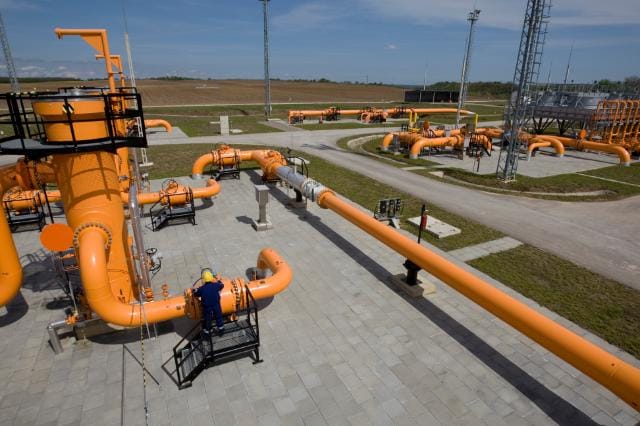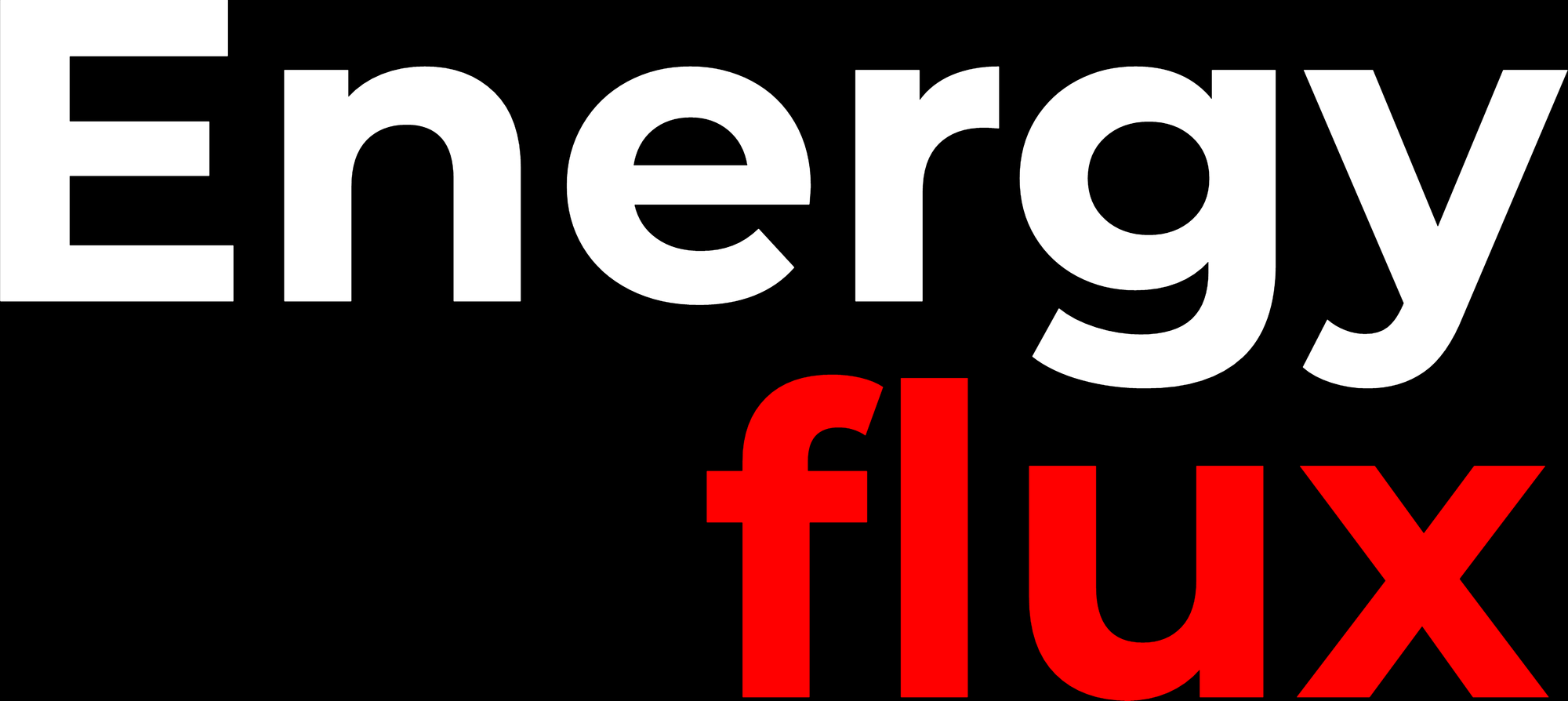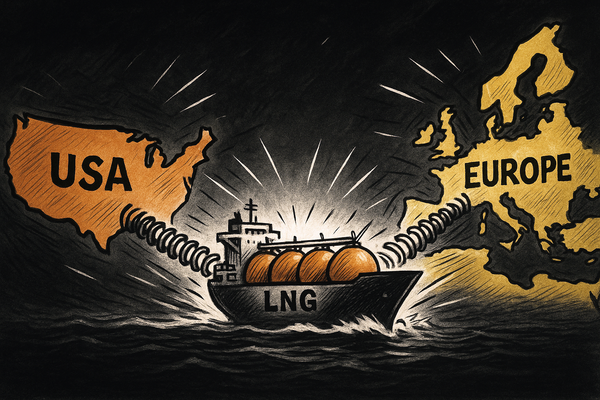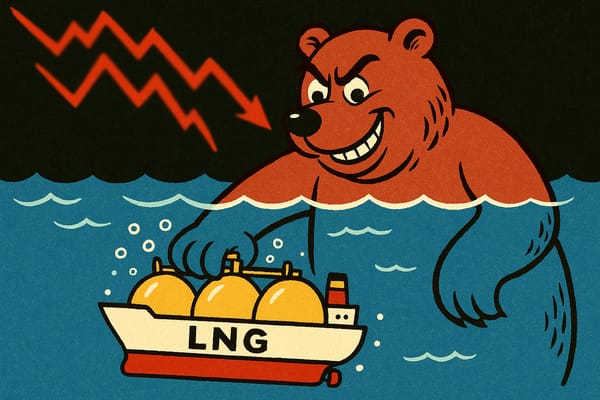EU embraces wasteful hydrogen blending
New framework to decarbonise gas markets is riddled with compromise and capitulation


Member discussion: EU embraces wasteful hydrogen blending
Read what members are saying. Subscribe to join the conversation.





